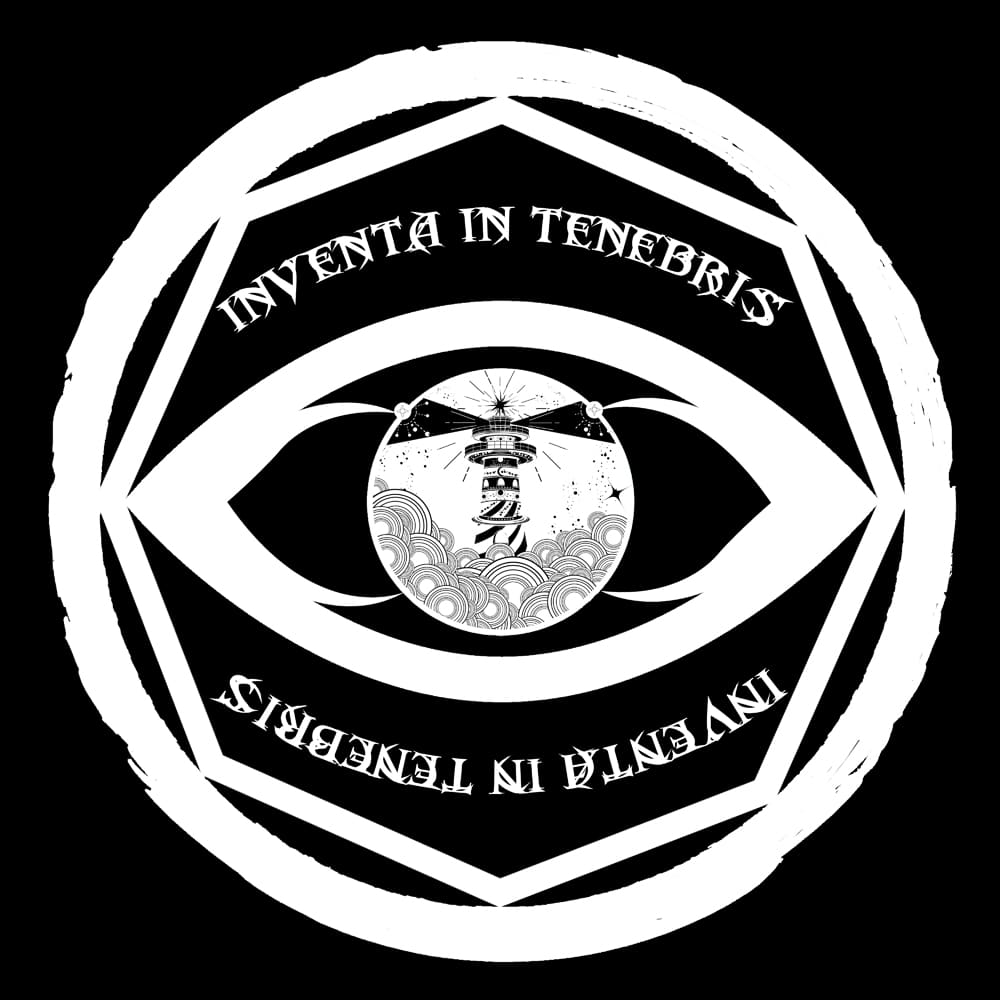So that most awesome of festivals, Halloween, is fast approaching. I plan to start a new tradition this year, that I picked up from author Willie Miekle. Willie posted on Facebook how he always writes a ghost story by hand in a notebook every Halloween. Brilliant! I’ll be doing that from now on too. But it’s also the time for All Hallow’s Read, which is something Neil Gaiman started a few years ago.
So what is All Hallow’s Read? Well, it’s a new Halloween tradition where during the week of Halloween, or on the night itself, you give someone a scary book. So here I’ll be giving you a scary book. A new anthology has just come out, called Suspended In Dusk. It contains 19 excellent horror stories, including one by myself, with an introduction by Jack Ketchum, all superbly edited together by Simon Dewar. The print edition should be coming out any time now, but the ebook is out already. And until October 31st, you can get it for free from Smashwords. Here’s the page to get it, and then use the coupon code DA68M at the checkout to change the price to $0.00. Happy Halloween!
And talking about scary books, you know the first Alex Caine book, Bound, is pretty scary, right? You can buy that in all bookstores, free shipping from fishpond.com.au, it’s still only $20 on booktopia.com.au. Lots of city stores have signed copies in stock. It’s also only $1.99 in ebook, from all the usual outlets.
However, if you want a signed copy directly from me, that’s no problem. They’re only $20 plus postage. Email me at alan [at] warriorscribe.com and tell me where you are and I’ll let you know the postage. I can send those signed copies anywhere in the world, even though the books are currently only officially available in Australia and New Zealand. A signed copy of Bound? What a great gift for Halloween, or Christmas, or just because you’re a great person and you buy books as gifts. You rock.
Meanwhile, grab that free anthology while you can. It really is a good collection of scary stories.
.

